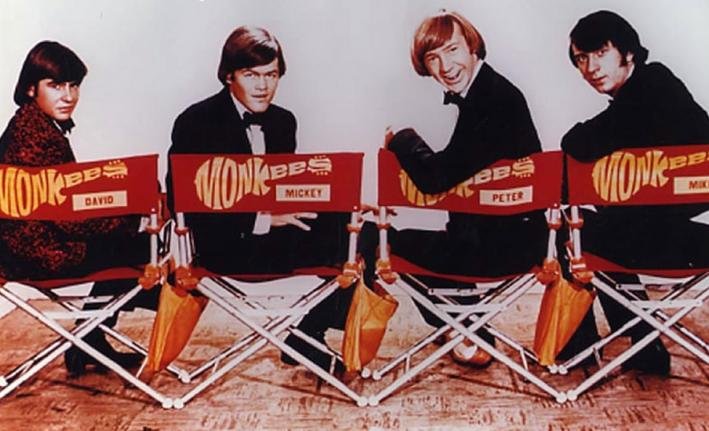Mickey, Mike, Peter, and Davy: The True Story Behind the Band’s Rise to Fame
In the mid-1960s, the music and television industries collided in an unprecedented experiment that would create one of the most beloved pop acts of the era: The Monkees. Mickey Dolenz, Michael Nesmith, Peter Tork, and Davy Jones, four young men with diverse backgrounds and talents, were brought together not through a shared garage band dream but through a casting call. The result? A phenomenon that blurred the line between art and commerce, reality and fiction.
It all began in 1965 when television producers Bob Rafelson and Bert Schneider envisioned a sitcom about a zany rock band inspired by The Beatles’ movie A Hard Day’s Night. After an exhaustive audition process, they found their perfect quartet: Dolenz, a former child actor and singer; Nesmith, a Texan with a flair for songwriting; Tork, a Greenwich Village folk musician; and Jones, a charismatic British actor and singer.
Despite the band’s manufactured origins, their chemistry was undeniable. The Monkees’ debut single, “Last Train to Clarksville,” soared to the top of the charts even before the show aired. Their self-titled TV series premiered in September 1966, combining slapstick comedy, surreal antics, and catchy tunes. It quickly became a cultural touchstone.
Behind the scenes, tensions arose as the band members chafed against being dismissed as mere TV actors. While session musicians initially recorded much of their music, Nesmith and Tork, in particular, pushed for greater creative control. Their efforts culminated in Headquarters (1967), an album almost entirely performed by the quartet, proving their legitimacy as musicians.
Though The Monkees’ popularity waned as the 1960s ended, their influence endured. They sold over 75 million records worldwide, leaving behind hits like “I’m a Believer” and “Daydream Believer.” More than half a century later, The Monkees remain a testament to how talent and determination can transform a manufactured concept into genuine artistry.
